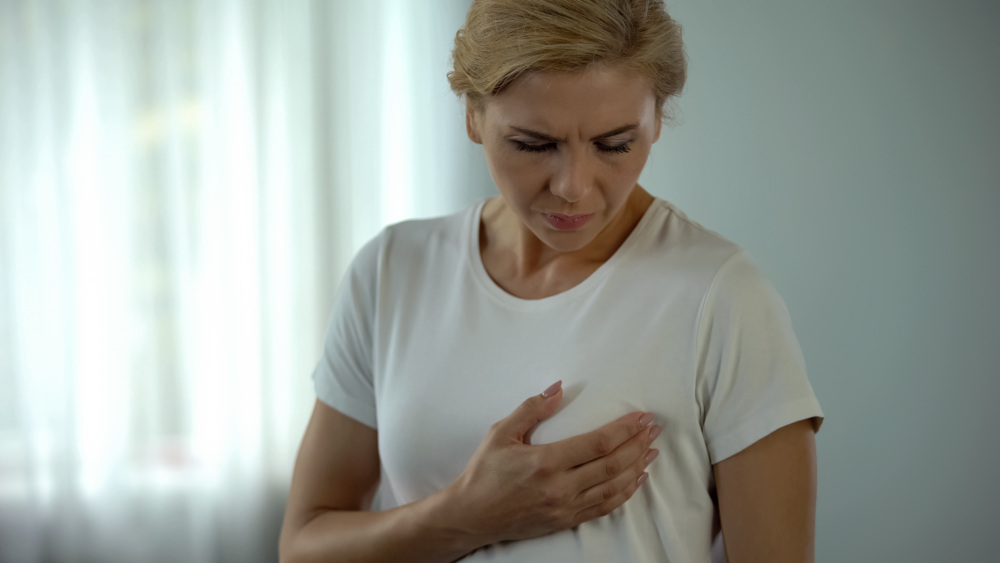Is it breast cancer? Know what is normal for you

Monthly breast self-examination (BSE) was once recommended for those at average risk as part of routine breast cancer screening. But research has shown that monthly BSEs don’t reduce the death rate from breast cancer and often leads to patient anxiety. As a result, most medical experts no longer recommend BSEs, nor are they included in breast cancer screening guidelines. Instead, it’s best to have breast self-awareness. Learn more about the who, what, when, where and how of breast self-awareness and why you should make it part of your health routine.
What is breast self-awareness and why is it important?
Breast self-awareness is the practice of being familiar with what your breasts normally look and feel like. Being breast self-aware makes it much easier to determine if something is changing. If you never touch or look at your breasts and a change occurs, you won’t know if something is new or different, or if it’s just part of what makes you, you!
Who should practice breast self-awareness?
Everyone with breasts should be breast self-aware.
When should breast self-awareness begin? Ideally, it is best to begin breast self-awareness practice soon after your breasts fully develop (usually between the ages of 18 and 20). This allows you to know what your breasts look and feel like over time, including changes that may occur.
Some changes may be a normal result of aging or where you are in your menstrual cycle. For example, your breasts may become more tender or lumpy the week before your menstrual period due to the changing hormones. After your period, those symptoms go away. When pregnant, breasts tend to grow larger and become tender, again due to changing hormones. This goes away after the baby is born or when a person stops breastfeeding/chestfeeding. After menopause, breasts usually lose firmness and lift, making them softer and more likely to droop due to decreasing hormone levels.
What do I need to look for?
If you notice any qualities in your breasts that worry you, first ask yourself the following:
- Is this new or something that is changing/growing?
- Is it constant or does it come and go over time?
- Is it in just one location or in multiple areas?
In general, it’s not as likely to be cancer if it comes and goes, is present in both breasts or in multiple spots within the same breast, or if it’s been that way for a long time (months to years) and isn’t changing. But of course, you can (and should) still speak to your health care provider about ANYTHING that concerns you.
Findings you should be on the lookout for include:
- Change in the size or shape of your breasts, including fullness or swelling
- Skin changes including dimpling, irritation, puckering, redness, sores or thickening
- Nipple changes such as discharge, inversion (turning in), redness, rash or scaling
- Unexpected or changing breast pain
- New or changing lump
- Swelling in lymph nodes in armpit
If you notice any of these symptoms, it’s time to talk to your health care provider.
How do I know if a breast lump is cancer?
In general, breast lumps that are cancerous feel hard with irregular edges, are fixed (don’t move) and aren’t painful. They typically are single and found in only one breast. If you feel a lump, try not to panic. Most breast lumps turn out to be non-cancerous and result from things like fibrocystic breasts, breast cysts أو fibroadenomas. That said, any lump that is new or different—even if its characteristics are less likely to be cancerous—needs to be evaluated right away.
You know your body best. If you find something that is different for you, call your health care provider ASAP. Early Detection = Better Outcomes. Visit preventcancer.org to learn more, including how to find a health care provider if you don’t have one.